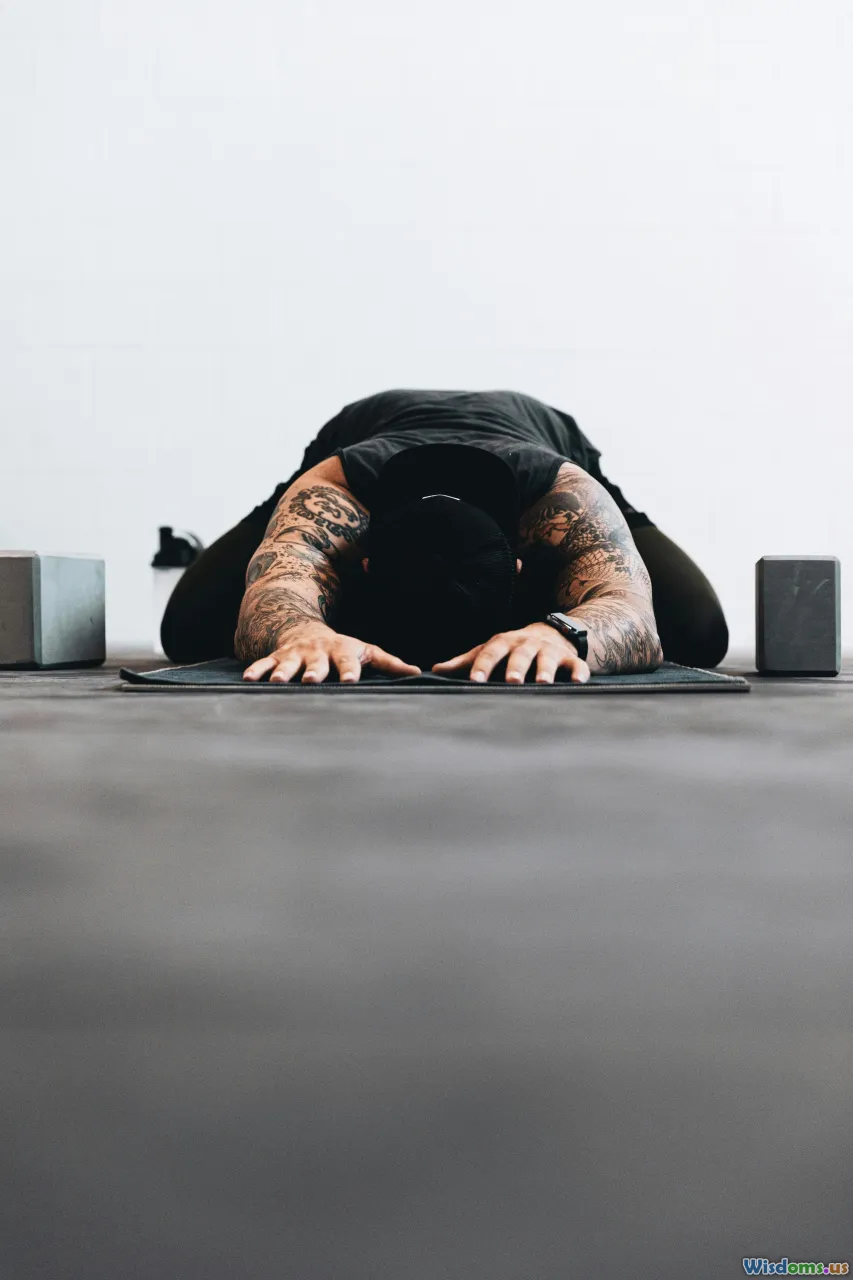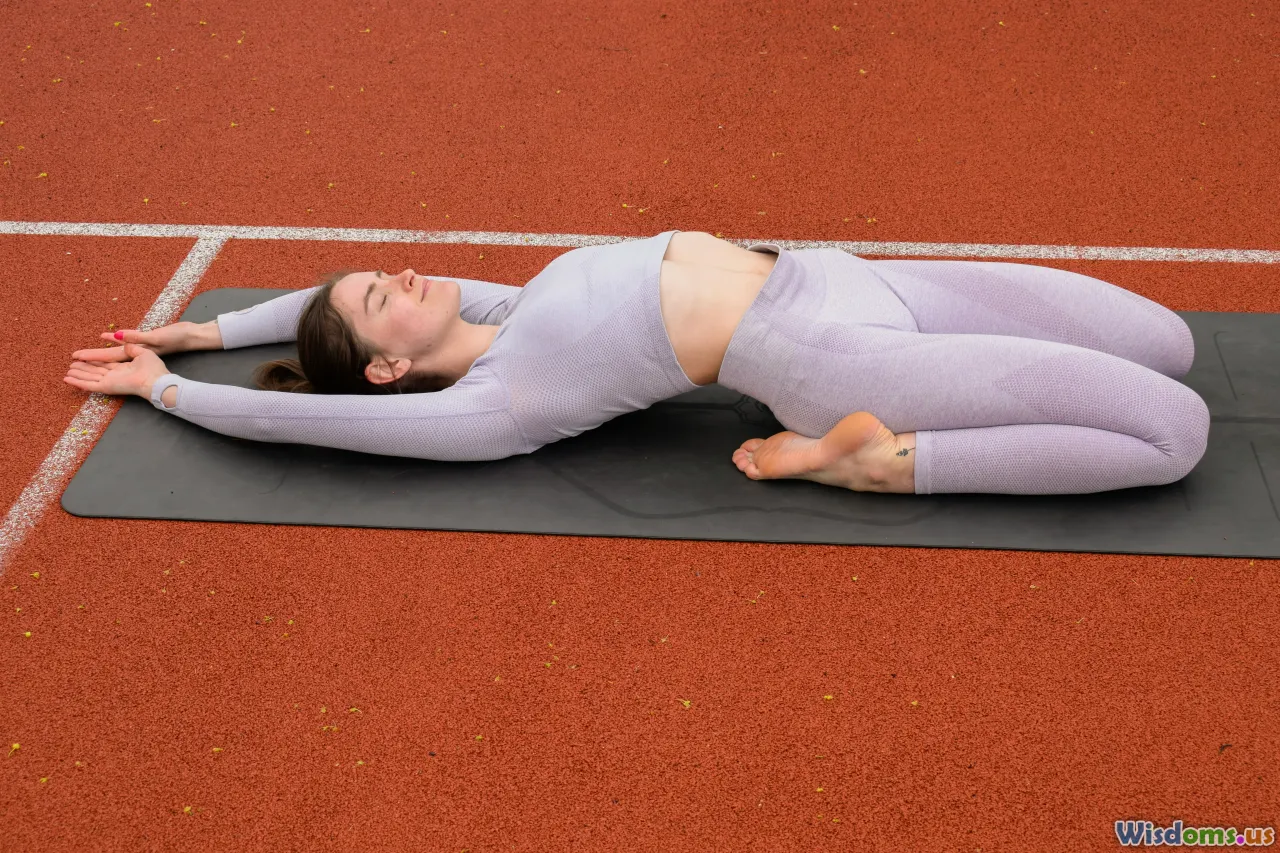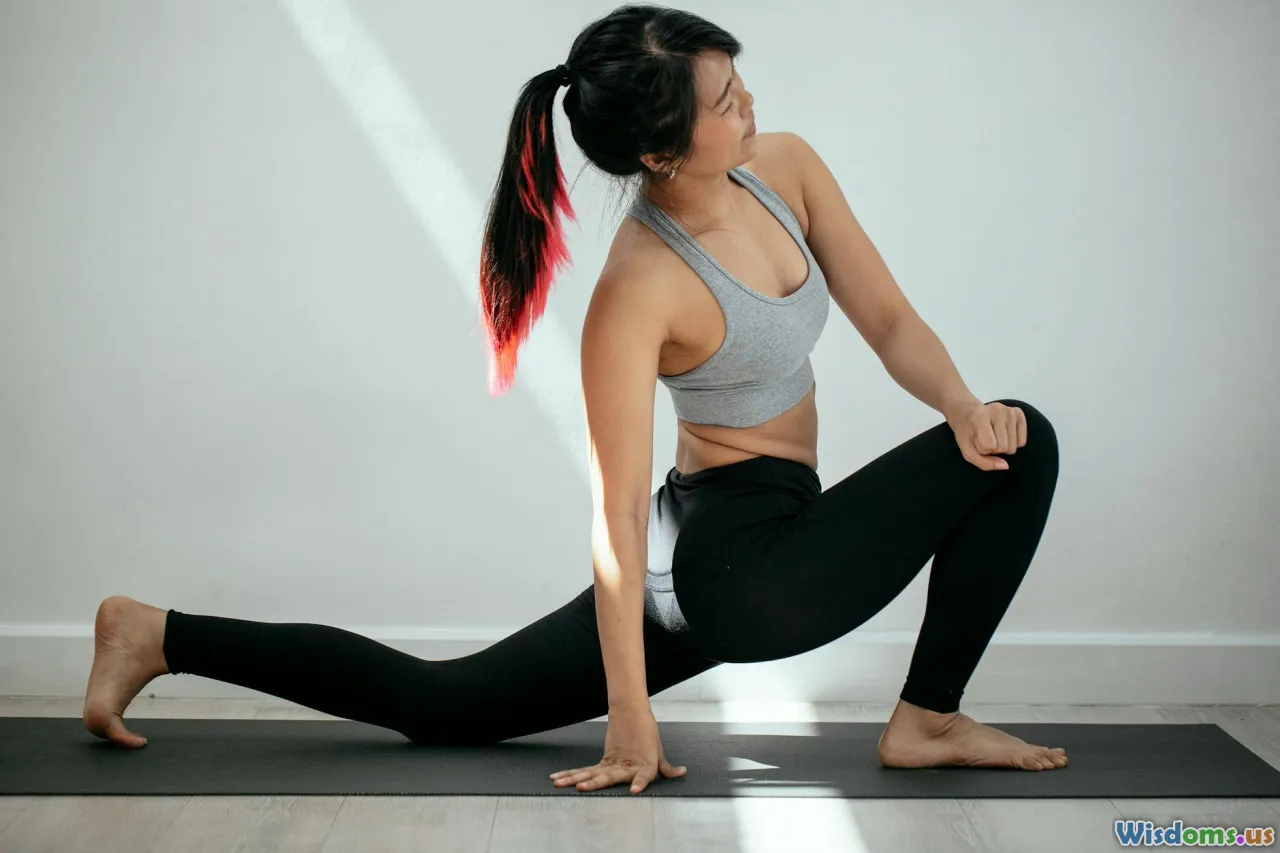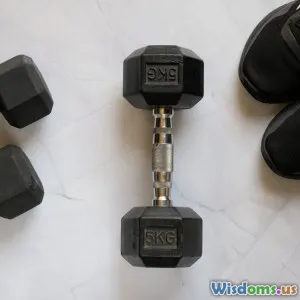
Five Surprising Mistakes That Sabotage Your Plank Progress
11 min read Discover five commonly overlooked mistakes that hinder your plank progress and learn expert-backed tips to achieve stronger, safer, and more effective core workouts. (0 Reviews)
Five Surprising Mistakes That Sabotage Your Plank Progress
The plank has become synonymous with powerhouse core training. It's praised by physical therapists, fitness influencers, and coaches due to its simplicity and undeniable effectiveness. Yet, as straightforward as a plank might seem (just hold your body still, right?), it's astonishingly easy to make mistakes that render your efforts less effective—or worse, increase your risk of injury.
If you've been impatiently eyeing the timer, wondering why your planking hasn't resulted in a steel-strong core or a flatter stomach, it might be time to examine not how long you're holding the position, but how well you're doing it. Let’s unravel five surprisingly common mistakes sabotaging your plank progress, and crucially, provide detailed fixes so you can regain momentum, safely and efficiently.
Neglecting Alignment: The Invisible Saboteur

At first glance, a plank looks like a static, straightforward position—but alignment is everything. When your head, shoulders, hips, and heels don’t create a straight line, you’re not just slightly off; you’re undermining the very purpose of the plank.
The Issue: Many—even seasoned exercisers—tend to sag their lower back (lordosis), lift their hips too high, or jut their head forwards. This lack of alignment shifts tension away from the intended target muscles (the entire core), over-stressing the lower back, shoulders, or neck.
Fact: A 2019 American Council on Exercise (ACE) study on exercise techniques found that losing proper gray-alignment not only reduces ab activation but also boosts spine discomfort rates by up to 30% during static holds.
How to Fix It:
- Use a mirror or video: Position yourself side-on to a mirror, or record your plank, then use your eyes to draw a hypothetical straight line from your head to your heels.
- Check your hip position: Your hips shouldn’t sag or form a teepee. If they do, re-engage your glutes and abs.
- Engage your neck: Keep your gaze towards the floor a foot in front of you to maintain a neutral spine.
Quick Tip: A light broomstick placed along your back from head to tailbone should touch three points—back of head, upper back, and glutes—without gaps. If it doesn’t, readjust and try again.
Forgetting to Breathe: The Silent Plank Killer

Planking isn’t only about bracing your core. It also demands controlled, rhythmic breathing—yet many people completely forget to breathe while holding this position.
The Issue: Performing a plank while holding your breath, also known as the Valsalva maneuver, spikes internal pressure and defeats muscular engagement. You may last longer, but you’ll end up winded and dizzy, and your core won’t endure nearly as much quality work.
Example: Trainers often remind clients to 'breathe through their belly,' not just for comfort but also because diaphragmatic breathing improves intra-abdominal pressure, supporting spinal stability. Olympic athletes like gymnasts and divers apply this technique to remain steady under strain for longer durations.
How to Fix It:
- Set a breathing rhythm: Inhale through the nose for 3-4 seconds, exhale through the mouth for 3-4 seconds.
- Practice belly breathing before you plank: Place a hand on your stomach, inhale so that it rises, then exhale fully. Try this for a minute, then perform your plank while continuing the practice.
- Visual reminder: Place a sticky note in front of you with the word “Breathe!” as you plank.
Ignoring the Power of Your Arms and Shoulder Girdle

Do you consider the plank as only a core or abs workout? Think again! Your arms, shoulders, and especially your shoulder blades (scapulae) should be proactive players, not passive supports.
The Issue: Neglecting arm and shoulder engagement results in collapsed chests, shrugged shoulders, and excessive strain on the wrist and elbow joints. Poor scapular control is a leading contributing factor to shoulder pain in those who frequently plank.
Evidence: A 2021 research review published in Strength and Conditioning Journal concluded that optimal plank technique distributes load across chest, shoulders, triceps, and even the lats, not just the midsection. When shoulders are not active, destabilizing forces overwhelm the wrists and spine.
How to Fix It:
- Push through the floor: Whether on your hands or forearms, 'push away' actively, almost as if you’re pushing the earth away. Feel the shoulder blades gently slide outward, not collapsing in.
- Maintain shoulder width with hands or elbows: Don’t let your elbows splay out or hands drift together—keep joints stacked straight below shoulders.
- Incorporate shoulder taps: Gently tap one hand to the opposite shoulder during planks. This anti-rotation challenge teaches controlled engagement through the entire girdle.
Chasing Duration Over Quality (and Ignoring Progression)

Who hasn’t tried to out-plank a buddy, or join an online challenge boasting 5-minute holds? Yet, longer isn’t always better. Quality should always outweigh quantity.
The Issue: When you focus only on holding the plank for as long as possible, quality invariably suffers. Sagging hips, shaking arms, protruding necks, and wobbly ankles creep in after even a minute or two.
Fact: A 2020 international survey found the average adult can hold a strict plank correctly for ~90 seconds. Planks held beyond this, with form breakdown, produce diminishing returns and reinforce bad habits.
Quality Over Quantity—Recommended Progression:
- 30–60 seconds of perfect form is more valuable than five minutes of struggle. Gradually build up.
- Try harder variations: Instead of a marathon plank, introduce challenge with:
- Plank reaches
- Single-leg or single-arm planks
- Weighted planks (add a plate to your back—for advanced planks only under supervision)
- Plank to push-up transitions
- Log your progress: Write down the time held with immaculate form versus total time. Emphasize precision over duration.
Skipping the All-Important Warm-Up and Mobility

Assume that since planks are 'just' bodyweight, you can jump in cold? Mistake! Failure to properly activate your tissues beforehand can turn a simple core movement into a source of discomfort—or a session cut short by a tweak.
The Issue: Cold muscles lack mobility; tight hips, dormant glutes, and stiff shoulders mean your body won't assume the correct position. Over time, this drives compensation—loading your lower back instead of the obliques, or wrists instead of the core.
Athlete Insight: Physical therapists working with runners and cyclists frequently report that those who perform a brief warm-up—30–60 seconds of cat-cow, shoulder circles, or ‘world’s greatest stretch’—activate more muscle fibers during the plank.
How to Fix It:
Warming Up for Maximum Benefit:
- Hip openers: Dynamic lunges or ‘Spiderman’ stretches open up your hip flexors and groin.
- Shoulder circles: 15–20 slow, controlled reps forward and back.
- Wrist prep: Gentle wrist circles and palm stretches avoid aches, especially for plank novices.
- Glute bridges: To wake up your glutes (and prevent lazy hips during planks).
Spend 3–4 minutes prepping, not just for performance, but long-term joint and muscular health.
Avoiding these commonly overlooked mistakes could be the game-changer in your plank journey. By focusing on alignment, mastering breath, activating the shoulder complex, prioritizing form over time, and warming up, your planks aren't just safer—they’re genuinely transformative. Slow down to refine your technique, listen to your body, and you’ll wonder how you ever accepted mediocre planks as your standard.
Rate the Post
User Reviews
Popular Posts
















